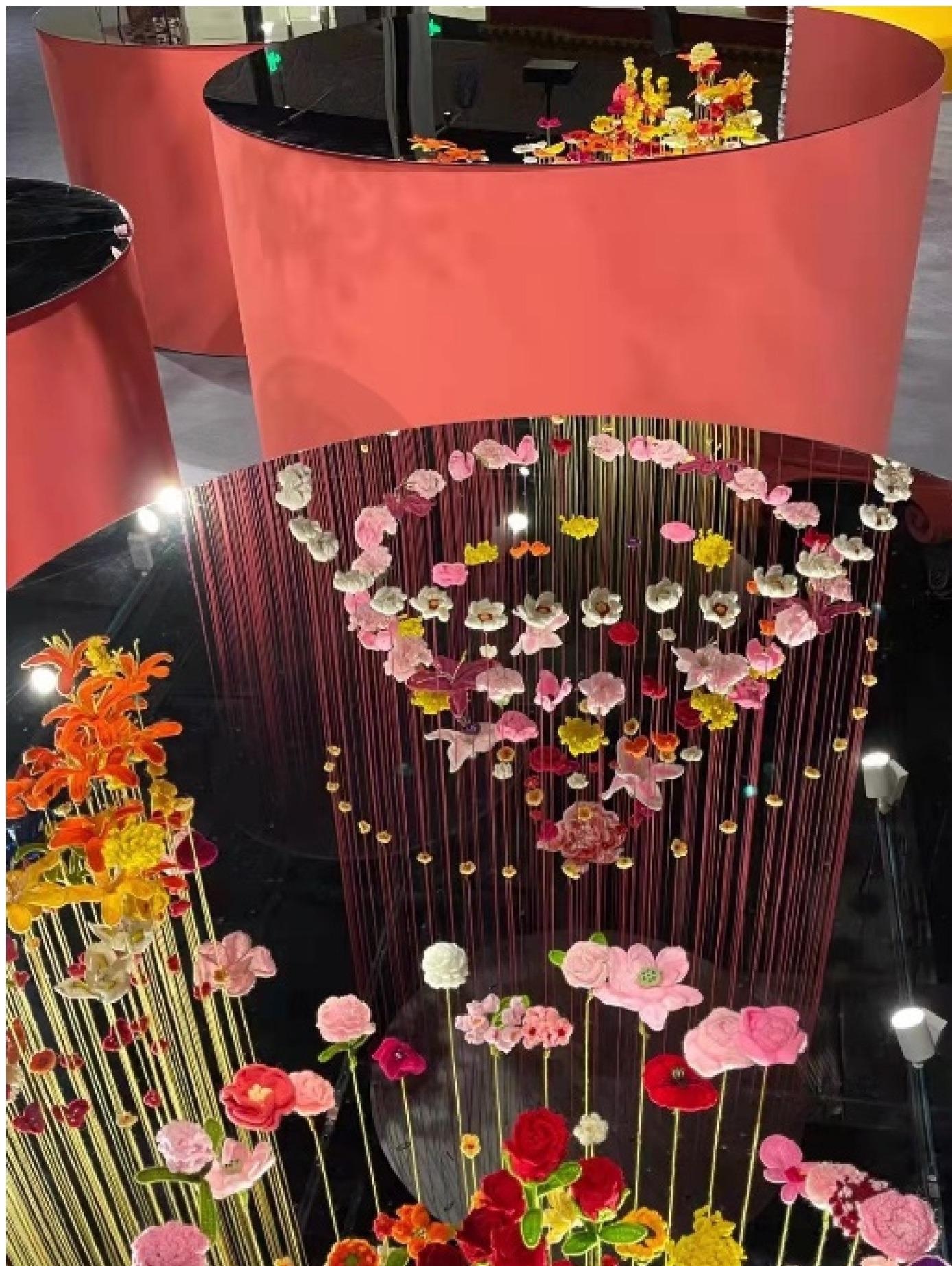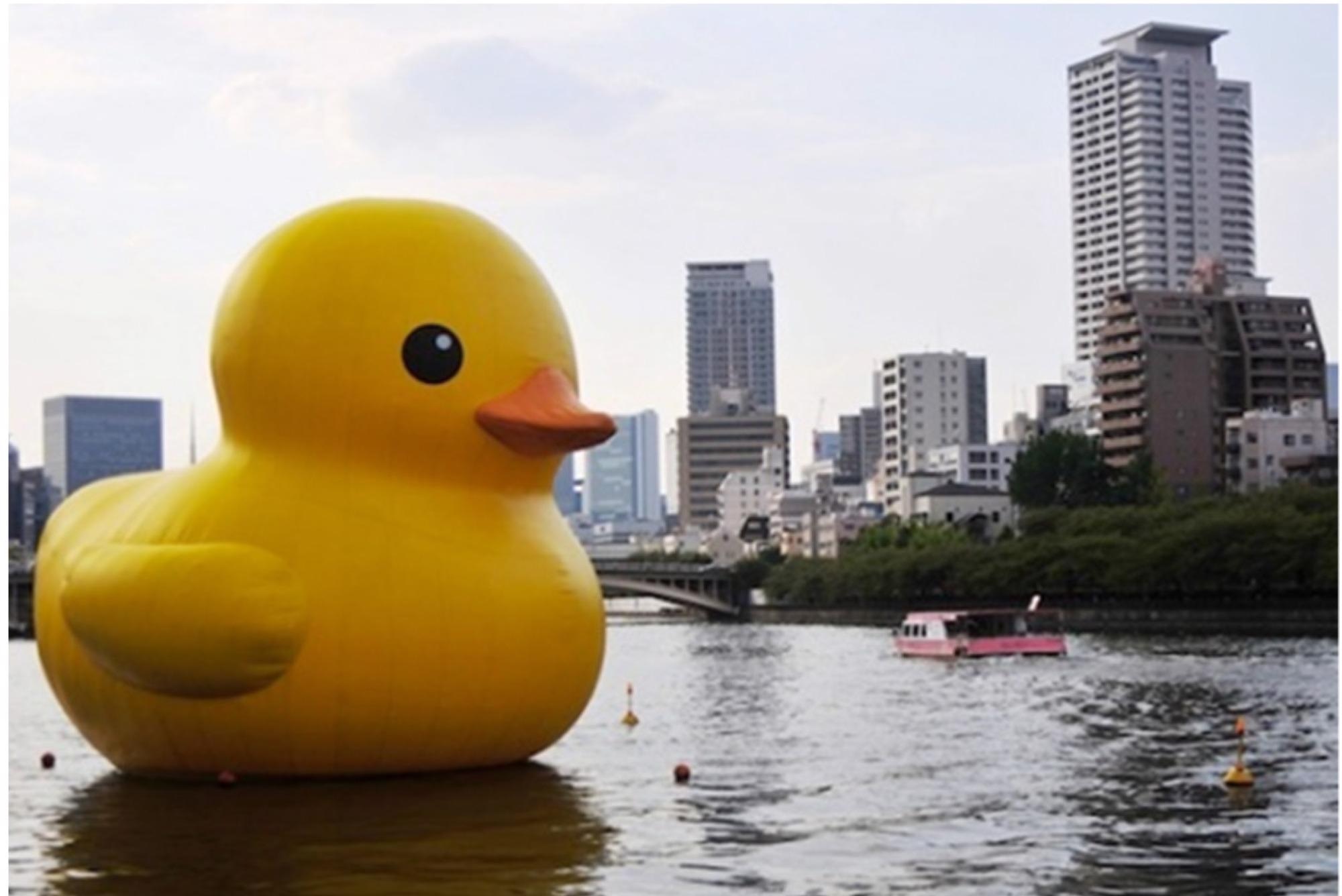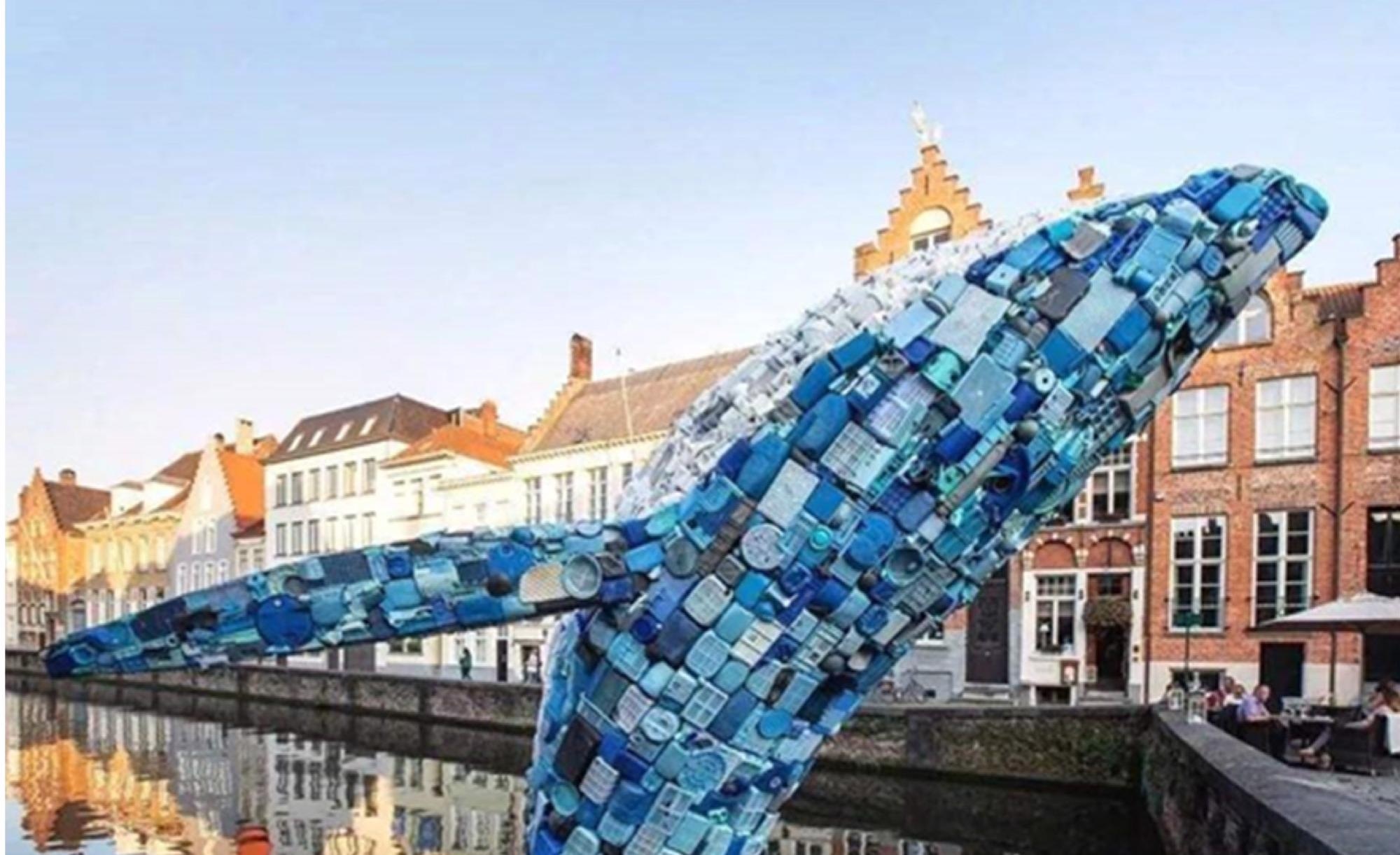Researchers from Malaysia, China, and the Philippines have collaborated on a paper investigating how synthetic polymers are used in the creation of public art. The results of their findings have been published online this week in the journal Polymers.

Public artwork “Flowers of Velvet, Mirror Image of Spring”. Study: Research on the Application of Synthetic Polymer Materials in Contemporary Public Art. Image Credit: Zhang, Y et al., Polymers
Polymers: A Ubiquitous Class of Modern Materials
Polymers are a ubiquitous material in modern society. Natural, semi-synthetic, and synthetic polymers are used in a wide range of consumer and industrial products today. Their facile fabrication, wide availability, and superior mechanical, physical, and chemical properties have facilitated this widespread use.
The phenolic resin was first industrially manufactured in 1907, and since then there has been significant development in the field of synthetic polymers. The mid-20th century saw a revolution in the widespread commercial application of these revolutionary materials, with materials such as polyurethane, polyoxymethylene, polypropylene, polyvinyl chlorides, polytetrafluoroethylene, polystyrene, and Teflon being used in everyday products.
Synthetic polymer research has led to the development of adhesives, coatings, thermoplastics, and temperature-resistant organic fibers. The field of polymer research is an indispensable part of modern industrial and societal progress.
Public Art
Art can be said to be one of the defining human achievements. By creating art, humans have put their stamp on the world for generations. Traditionally, art has been displayed in galleries, but in recent decades there has been a movement to place art in public spaces for the appreciation of populations.
Public art encapsulates both public facilities which possess decorative functions and temporary and permanent installations in public spaces such as murals and sculptures. This type of art, which can be appreciated by everyone, aims to improve the mental health of populations, give them access to aesthetic beauty, and even promote a sense of national pride and identity.
With rapid worldwide urbanization has come the need for public art to imbue urban residents with a sense of place and appreciation for the built environment and human interaction with the world around it.

Public artwork “Rubber Duck”. Image Credit: Zhang, Y et al., Polymers
The Paper
Over the past few decades, several materials have been used in the creation of public art, including concrete, stone, and metals. The aim of the paper is to provide a perspective on the present use of synthetic polymers to create public art.
To obtain research perspectives on the use by public artists of these materials, the authors performed a comprehensive literature search. Over one hundred studies were retrieved from the database. The earliest paper reviewed in the author’s study came from 2002.
The authors highlighted the performance requirements required by materials to create public art to illustrate the potential of using synthetic polymers to create public art. Basic material performance directly affects their selection for this purpose. Materials are chosen for their effects on the final presentation of art pieces, as well as their ability to withstand the effects of environmental conditions such as temperature and climate.
The authors noted that synthetic polymers can be advantageous for public art due to their physical properties, addressing the shortcomings in other materials and broadening the range of materials that can be selected for public art. These materials can either be incorporated into art or as ready-made products such as the famous “Rubber Duck” public artwork created by the artist Florentin Hoffman.

Public artwork “Whale”. Image Credit: Zhang, Y et al., Polymers
The use of these materials in public art can also highlight environmental and social issues. Several examples of plastic waste being used to create sculptures have been noted, and the study has highlighted “Whale” which is a sculpture intended to highlight marine plastic pollution. This sculpture is constructed of five tons of plastic waste from Hawaii.
Reasons for synthetic polymer use have been explored by the authors, for example, synthetic polymers fit the core value of public art, which is publicity. The dominance of plastic over everyday life is a main social and cultural reason for its use by public artists. They meet practical and economic requirements and facilitate richer and freer forms of expression. Newly-developed composite materials enhance the properties of polymers, opening new possibilities for public art use.
However, there are shortcomings in the use of these materials for public art, not least of which is the lack of theoretical research. Additionally, there is little interdisciplinary cooperation and exploration. Many opportunities for innovation have been missed. Although there are shortcomings and challenges, the usefulness of these materials for creating public art is significant The authors have concluded that innovation in the field and the use of these materials will expand in the future.
Further Reading
Zhang, Y, Yu, X & Cheng, Z (2022) Research on the Application of Synthetic Polymer Materials in Contemporary Public Art [online] Polymers 14(6) 1208 | mdpi.com. Available at: https://www.mdpi.com/2073-4360/14/6/1208
Disclaimer: The views expressed here are those of the author expressed in their private capacity and do not necessarily represent the views of AZoM.com Limited T/A AZoNetwork the owner and operator of this website. This disclaimer forms part of the Terms and conditions of use of this website.